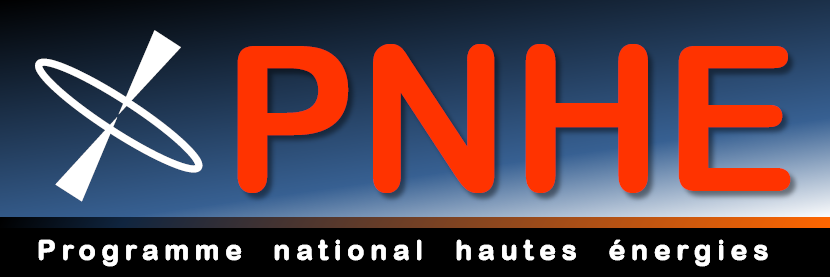Orateur
Description
If DM interacts with nucleons and/or electrons it can be trapped by astrophysical objects such as the Sun or neutron stars. Elastic scattering of a DM particle with ordinary matter can in particular reduce the kinetic energy of the DM particle when it passes through these stars, such that its speed passes below the corresponding escape velocity. Once gravitationally trapped, DM undergoes further scatterings until it gets gravitationally confined inside the star and move towards the center. This possibility is interesting in many ways. For the Sun it is mostly interesting because it can leads to DM indirect detection signals in the form of a neutrino flux from DM annihilation. For a neutron star, DM accumulating in the center could form a dense core which could gravitationally collapse into a black hole. In this talk I will present how we have reconsidered in details neutron star DM accretion, incorporating a series of effects which had not been considered (or only partially incorporated) before. Among those, we have performed a proper calculation of the DM accretion rate, taking into account the highly degenerate nature of the neutron plasma in the neutron star combined with realistic neutron star profiles. Secondly, a new treatment of DM thermalization has let us investigate the time evolution of the DM cloud. Using these improvements, I will present our updated constraints on DM, from neutron stars collapsing into black holes.

